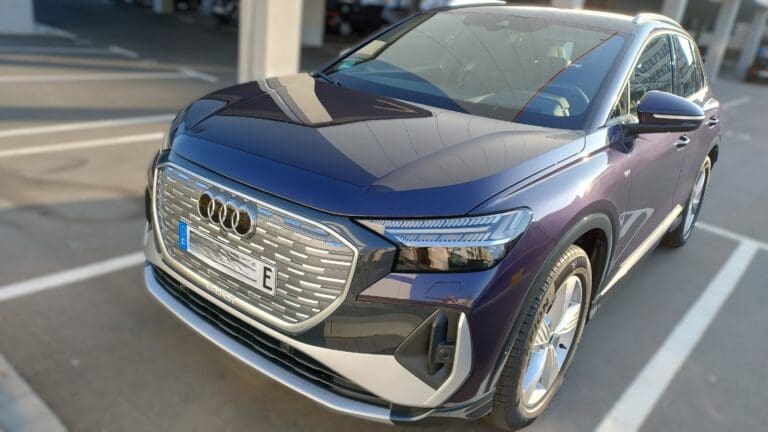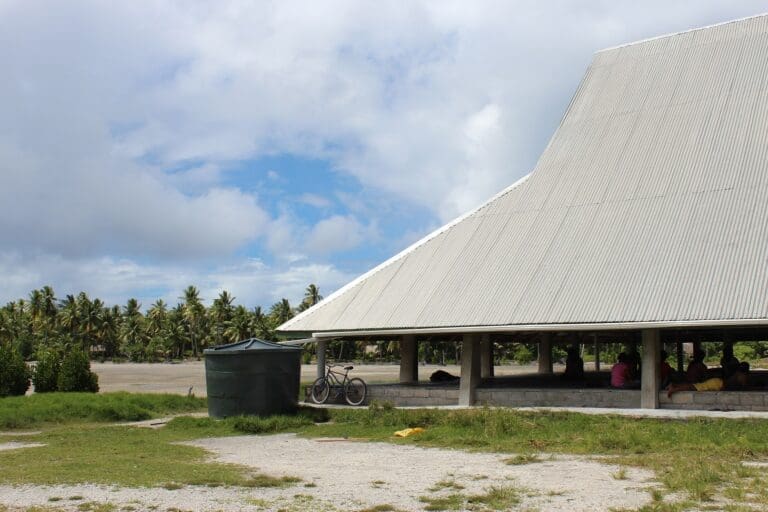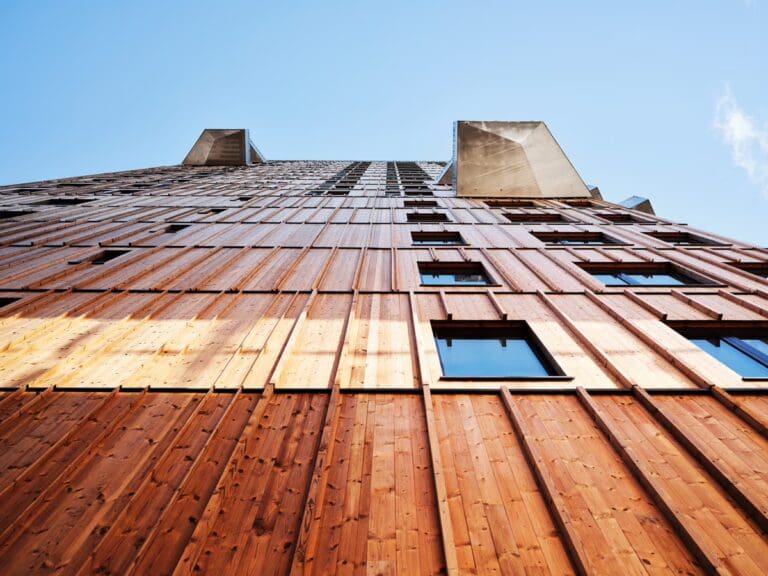In the heart of Southeast Asia, Singapore has emerged as a beacon of sustainability, embracing renewable energy sources and innovative urban planning to forge a path towards a greener future. This remarkable transformation, spanning over five decades, has earned Singapore the moniker “City in a Garden,” a testament to its unwavering commitment to environmental stewardship.

The Early Years: Laying the Foundation for a Sustainable Future
Singapore’s journey towards sustainability began in the 1960s, amidst rapid economic growth and urbanization. Recognizing the environmental challenges posed by this development, the government embarked on a series of initiatives to promote sustainable practices.
In 1990, Singapore established the National Parks Board (NParks), tasked with overseeing the development of the city’s green spaces. NParks has since played a pivotal role in transforming Singapore into a verdant metropolis, with over 10% of the island dedicated to parks, gardens, and nature reserves.[1][2]
A Clean Energy Revolution
Recognizing the finite nature of fossil fuels and the urgent need to mitigate climate change, Singapore had made a bold commitment to renewable energy. In 2002, the government had set a target of generating 350 megawatts peak (MWp) of solar power by 2020.[3] This ambitious goal has been surpassed, and the inauguration of a floating photovoltaic (PV) panel system on western reservoir of the City has added yet another 60 MWp power.[4]

Innovative Urban Planning: A Sustainable Cityscape
Singapore’s commitment to sustainability extends beyond energy production to urban planning and infrastructure development. The city has embraced a “walkable and bikeable” approach to urban design, prioritizing pedestrian-friendly streets and cycling paths to reduce reliance on private vehicles.
Singapore has also invested heavily in public transportation, with its Mass Rapid Transit (MRT) system serving as a backbone of the city’s transportation network. The MRT has significantly reduced traffic congestion and air pollution, contributing to a cleaner and healthier urban environment.[2]
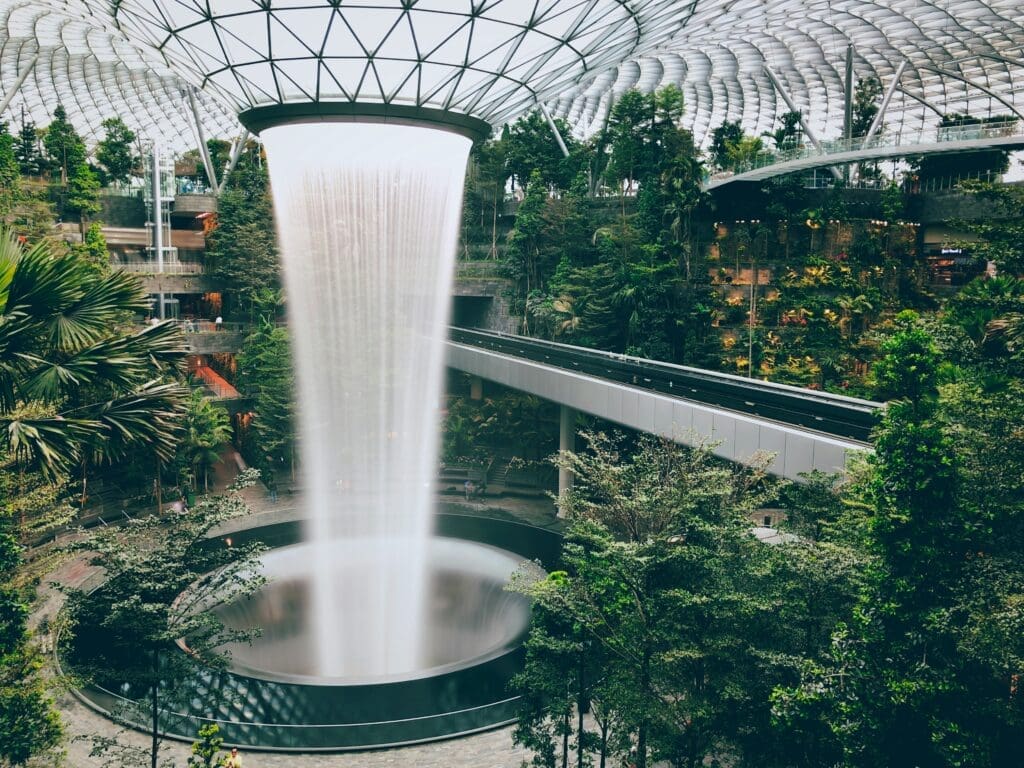
Green Buildings: A Paradigm Shift in Construction
Singapore has also spearheaded the development of green buildings, incorporating sustainable design principles and energy-efficient technologies into its construction practices. The government’s Green Mark certification program promotes sustainable building practices, encouraging developers to incorporate features such as rainwater harvesting, solar panels, and energy-efficient lighting.[5]
Singapore’s green building initiatives have made a significant impact, with almost 55% having achieved the Green Mark certification as of year end 2021. The overall goal is to achieve an 80% of Green Mark certified buildings until 2030.[6]
This commitment to sustainable construction has not only reduced the environmental impact of buildings but also created a more comfortable and healthy indoor environment for residents and workers.
Challenges and Opportunities: Embracing the Future
Despite its remarkable achievements, Singapore faces ongoing challenges in its pursuit of a sustainable future. The city is heavily reliant on imports for food and water, making it vulnerable to disruptions in global supply chains. Additionally, the high cost of renewable energy technologies can pose a barrier to wider adoption.
Despite these challenges, Singapore remains committed to its sustainability goals, recognizing the interconnectedness of environmental protection and economic growth. The city is actively exploring emerging technologies such as urban farming and smart grid solutions to further enhance its sustainability efforts.
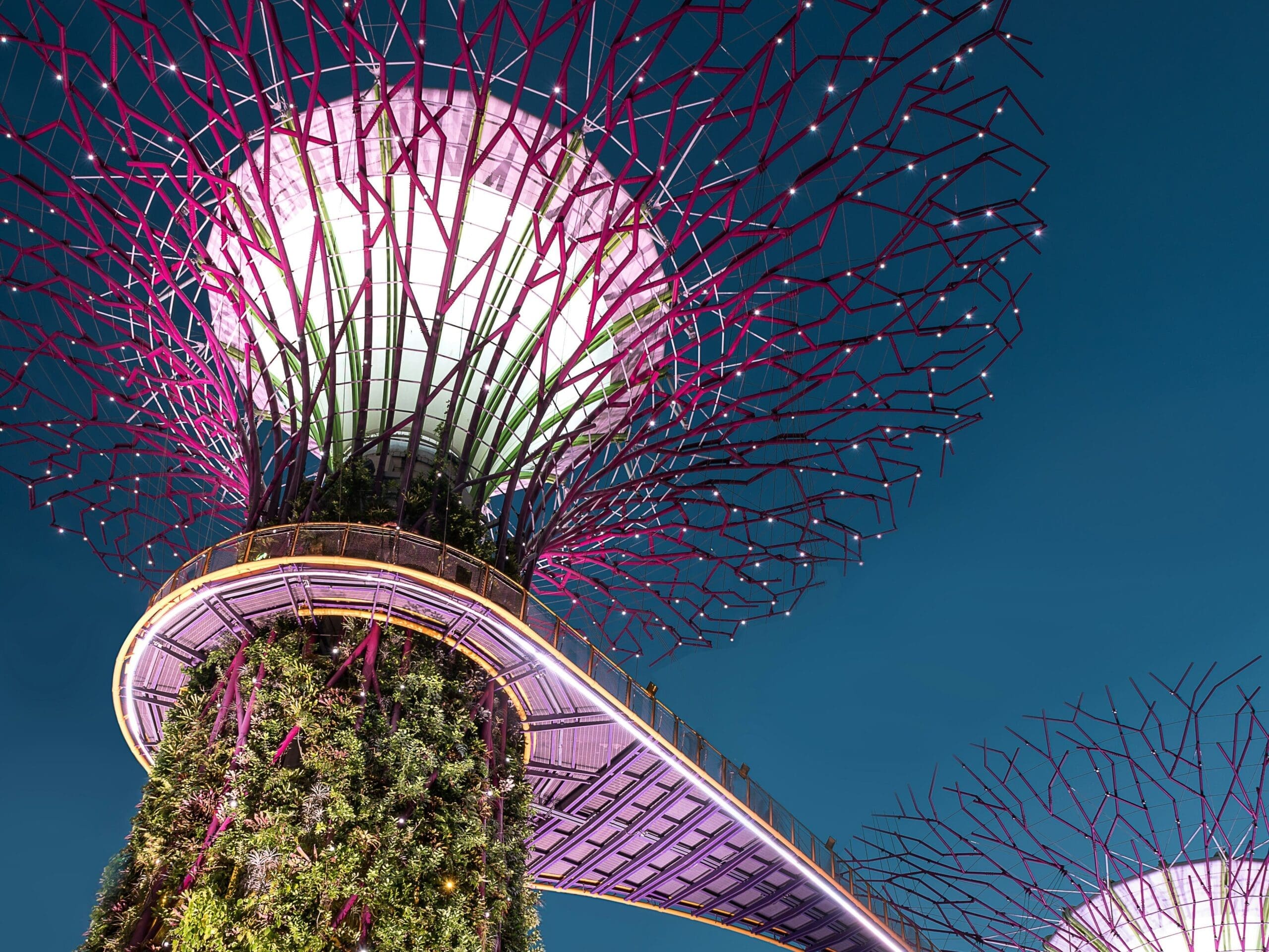
Next Big Step: Achieving Net-Zero Emissions by 2050
Singapore has set an ambitious target of achieving net-zero carbon emissions by 2050. To achieve this goal, the government has outlined a comprehensive plan that includes:
- Scaling up solar energy: Singapore aims to increase its solar capacity to 2 GW by 2030, potentially going up to 8.66 GW by 2050, supplying a projected 10% of Singapores’s energy need by then.[4]
- Investing in renewable energy technologies: The government is investing in research and development of renewable energy technologies, such as offshore wind and hydrogen power.
- Improving energy efficiency: Singapore is implementing measures to improve energy efficiency in buildings, industries, and transportation.
- Promoting sustainable consumption: The government is encouraging Singaporeans to adopt more sustainable lifestyles, such as reducing food waste and using public transportation.
By implementing this comprehensive plan, Singapore is well on its way to becoming a truly sustainable city. Its commitment to solar energy, renewable energy technologies, and energy efficiency will make it a global leader in the fight against climate change.
Sources:
[1] https://www.nparks.gov.sg/who-we-are#about-us
[2] https://en.wikipedia.org/wiki/Singapore
[3] https://www.ema.gov.sg/news-events/news/media-releases/2020/singapore-meets-its-2020-solar-deployment-target
[4] https://en.wikipedia.org/wiki/Energy_in_Singapore/
[5] https://www1.bca.gov.sg/buildsg/sustainability/green-mark-certification-scheme
[6] https://www.cim.io/blog/the-green-mark-certification-scheme-explained





